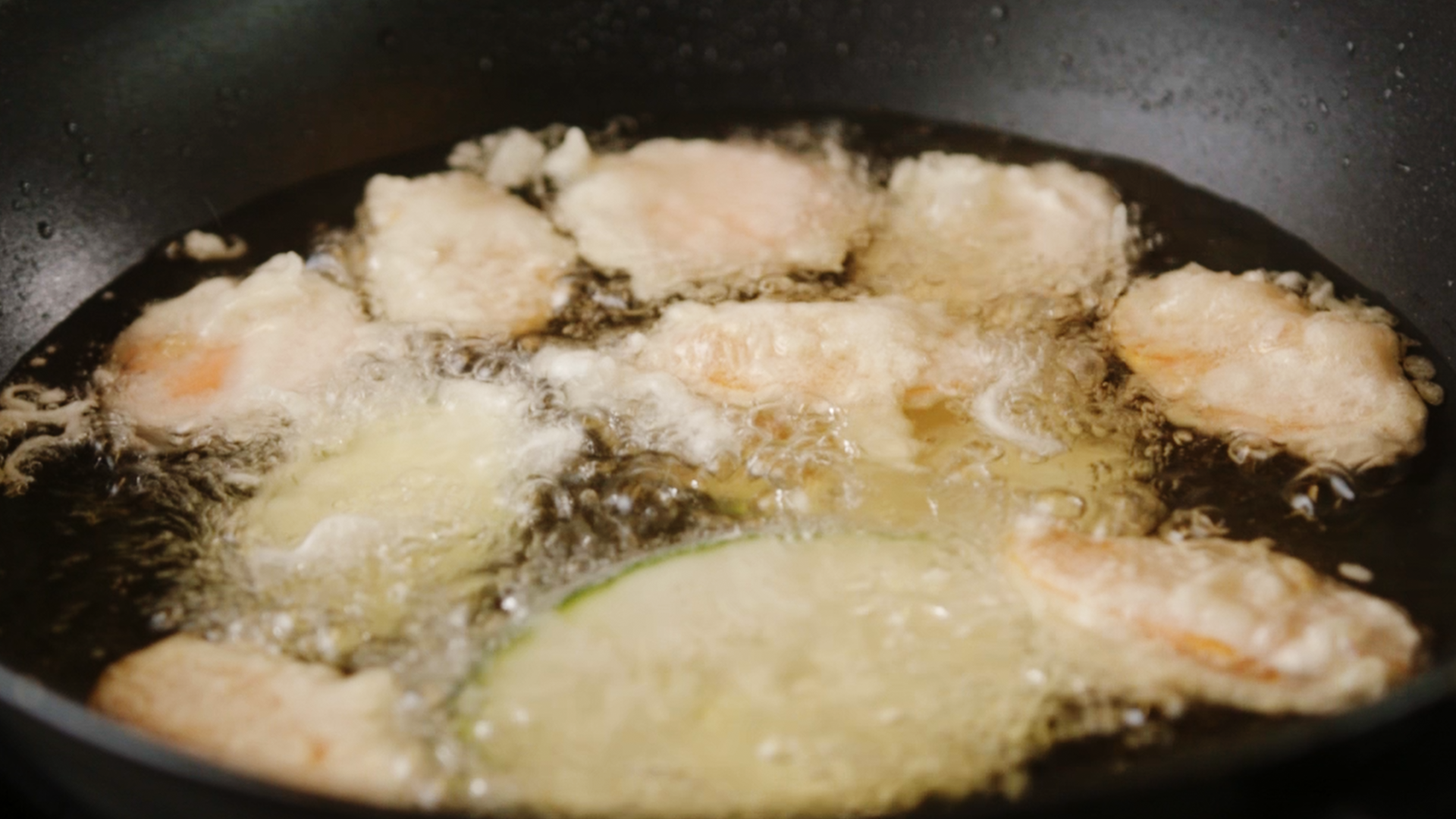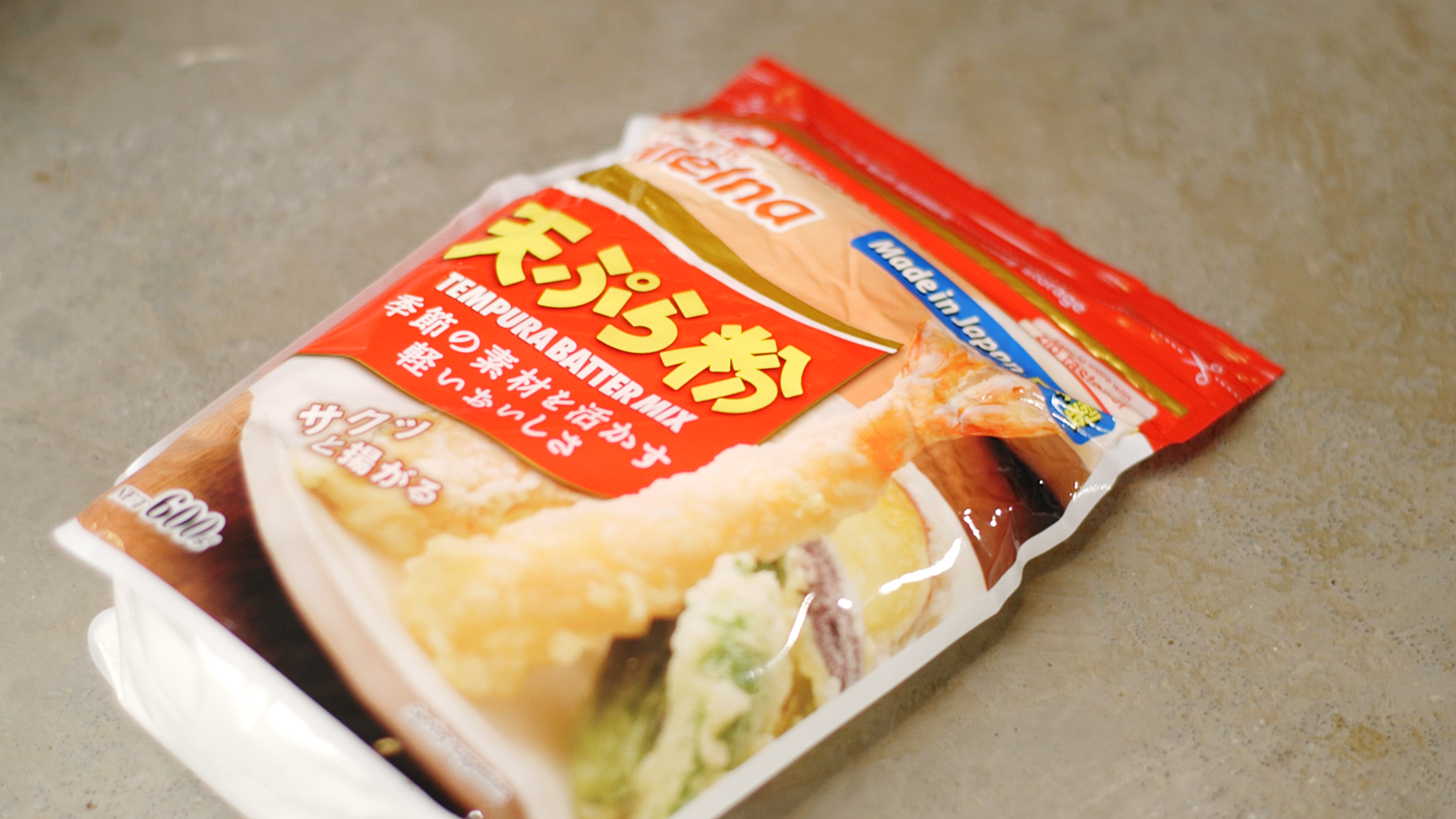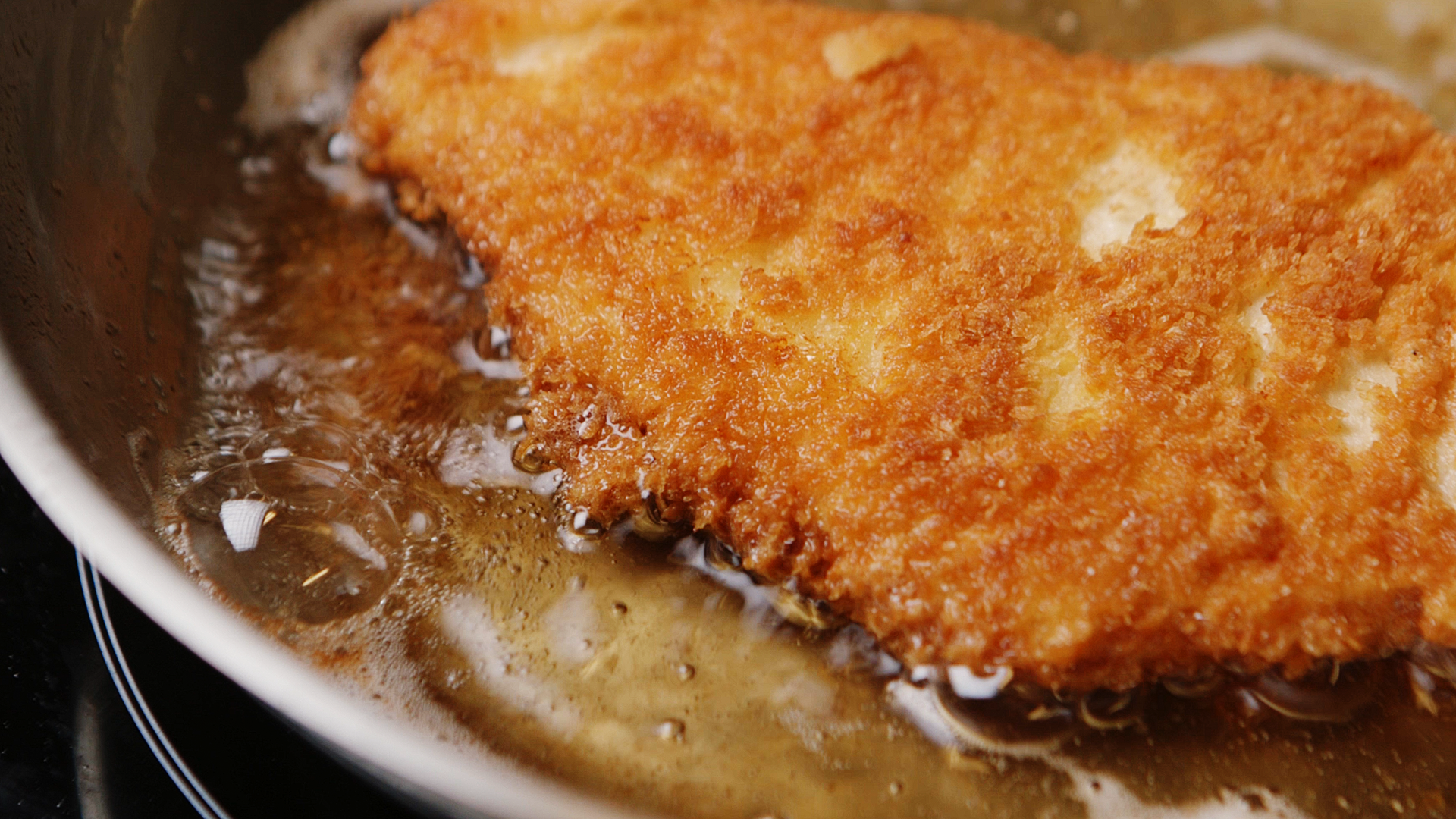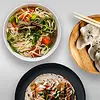Tempura vs. Panko
In this blog, we will make an in-depth comparison between two popular Japanese cooking techniques: tempura and panko. Both techniques are used to fry food to a crispy, golden crust. However, they are two different processes with their own unique characteristics and results.
What is Tempura?
Tempura is a Japanese cooking technique where food, usually seafood and vegetables, is dipped in a light, airy batter and then fried. The result is a crispy coating that retains the natural flavour of the ingredient. The batter is made from ice water, flour, and eggs.
What is Panko?
Panko is a type of Japanese breadcrumb used for coating food before frying or baking. Unlike Western breadcrumbs, Panko has a lighter, airier texture, resulting in an extra crispy and less greasy end product. Panko is made from crustless white bread.
What is the difference between Tempura and Panko?
Technique:
- Tempura: The food is dipped in a light batter and then fried in hot oil until crispy and golden brown.
- Panko: The food is first coated with coarse Japanese breadcrumbs and then fried or baked, resulting in an extra crispy texture.
Texture:
- Tempura: Light and airy, with a delicate and crispy exterior perfect for seafood and vegetables.
- Panko: Extra crispy, with larger and lighter textured breadcrumbs that provide an extra crunchy layer to fried foods like chicken and tonkatsu.
Ingredients:
- Tempura: Flour, ice water, eggs. Mix the flour with ice water and then beat in the eggs for a light and crispy batter.
- Panko: White bread without crusts, ground into coarse crumbs for an extra crunchy texture.
When to use Tempura and when to use Panko?
- Tempura: Ideal for seafood and vegetables. The batter is light and airy, which helps to preserve the delicate flavours of the food without overpowering them. Tempura is often served with a light dipping sauce to further accentuate the flavours.
- Panko: Perfect for meat, chicken, and fish. This Japanese breadcrumb provides an extra crunchy texture that is hard to match with traditional breadcrumbs. Panko absorbs less oil, resulting in a lighter and crispier finish. It is often used in dishes such as tonkatsu and katsu curry.

How to use Tempura flour?
- Preparation: Mix ice water, flour, and an egg into a thin batter. Ensure the batter is lump-free and nicely airy.
- Dipping: Dip the food, such as prawns, vegetables, or fish, fully into the batter so that it is well-coated.
- Frying: Heat the oil to around 180°C. Fry the batter-coated food in the hot oil until golden brown and crispy. Make sure not to overcrowd the oil to prevent the temperature from dropping too quickly.

How to store Tempura flour?
- Cool and dry: Store in an airtight container in a cool, dry place, such as a kitchen cupboard or pantry. Avoid direct sunlight and moisture to maintain quality.
- Short term: Use within a few months for optimal freshness. Regularly check the expiry date and smell the flour to ensure it is still fresh.

How to Use Panko?
- Preparation: Beat eggs in a bowl, and place flour and Panko in separate bowls. Make sure you have enough flour, eggs, and Panko to fully coat the food.
- Coating: Dredge the food in flour, ensuring it is evenly coated. Then dip it into the egg mixture, making sure it is thoroughly wet, and finally coat it well with Panko. Press the Panko gently to ensure it adheres well.
- Frying or Baking: Heat oil in a pan or use a deep fryer. Cook the food until it is golden brown and crispy. This usually takes a few minutes, depending on the thickness of the food. Let it drain on kitchen paper to remove excess oil.

How to Store Panko?
- Airtight: Store in an airtight container to prevent the Panko from becoming moist and losing its crispiness.
- Cool and Dry: Keep in a cool, dry place, such as a pantry, for longer shelf life. Avoid direct sunlight and heat sources.
- Long-term: Can be stored for several months without quality loss. For even longer shelf life, you can also store Panko in the refrigerator or freezer.
By understanding the difference between Tempura and Panko and how to use them, you can improve your cooking skills and enjoy various crispy treats in your kitchen. Tempura provides a light, airy texture, perfect for vegetables and seafood. Panko gives an extra crispy crust, ideal for schnitzels, croquettes, and other fried dishes. By experimenting with both techniques, you can discover new flavours and textures.



 New Arrivals
New Arrivals
 Search by country
Search by country
 Search per category
Search per category
 Specials
Specials
 Outlet
Outlet
 Tjin's Blog
Tjin's Blog









